-
Welcome to 4Runners.com!
You are currently viewing as a guest! To get full-access, you need to register for a FREE account.
As a registered member, you’ll be able to:- Participate in all 4Runner discussion topics
- Transfer over your build thread from a different forum to this one
- Communicate privately with other 4Runner owners from around the world
- Post your own photos in our Members Gallery
- Access all special features of the site
The "Pink Milkshake" - How worried should you be? 200k Radiator Teardown
Discussion in '3rd Gen 4Runners (1996-2002)' started by CattyWampus, Oct 27, 2021.

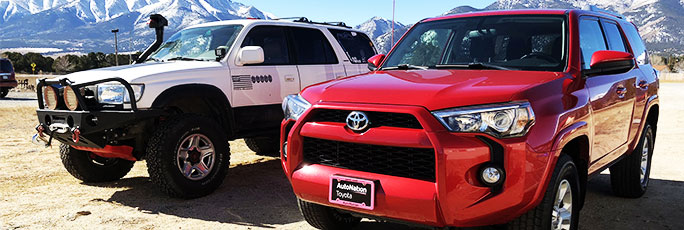
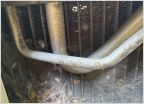 AC Compressor....
AC Compressor....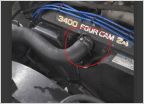 Does coolant have to be drained?
Does coolant have to be drained?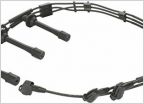 Plug wires on a 3.4 question
Plug wires on a 3.4 question Intake passages in heads
Intake passages in heads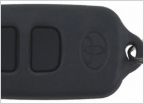 98 4Runner Rs3000/Keyless Entyre
98 4Runner Rs3000/Keyless Entyre The Fluids
The Fluids







































































